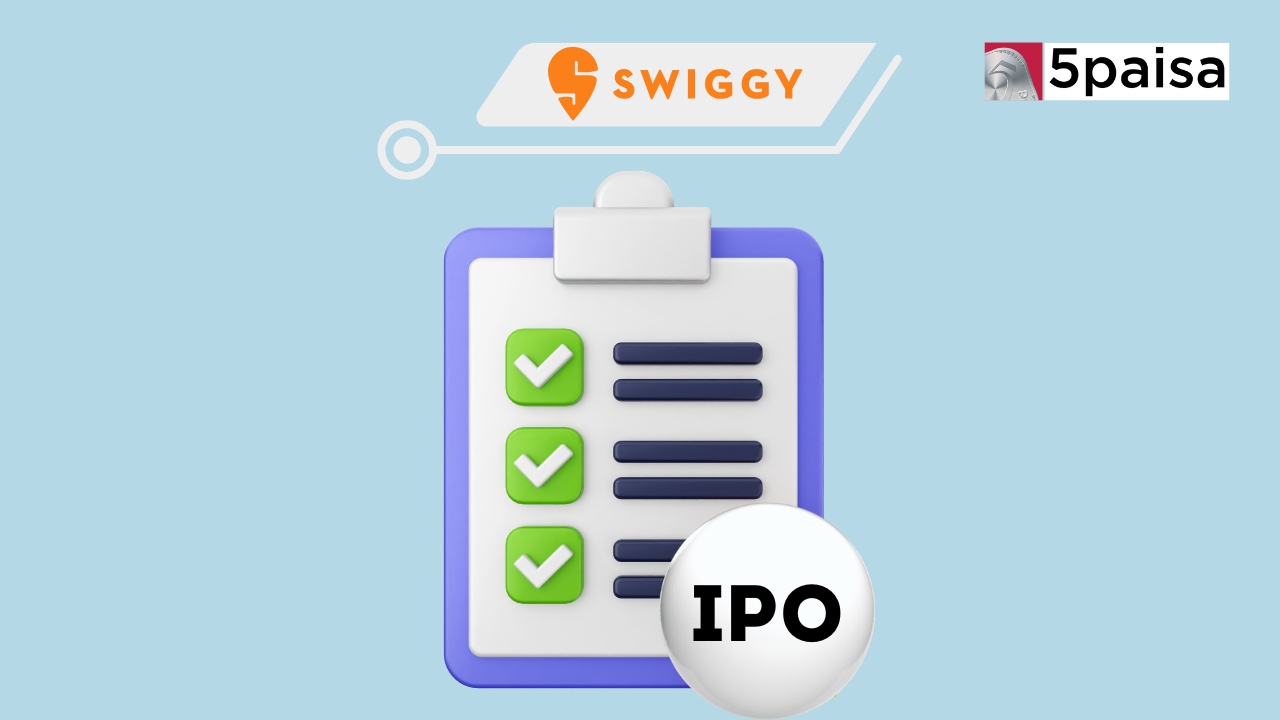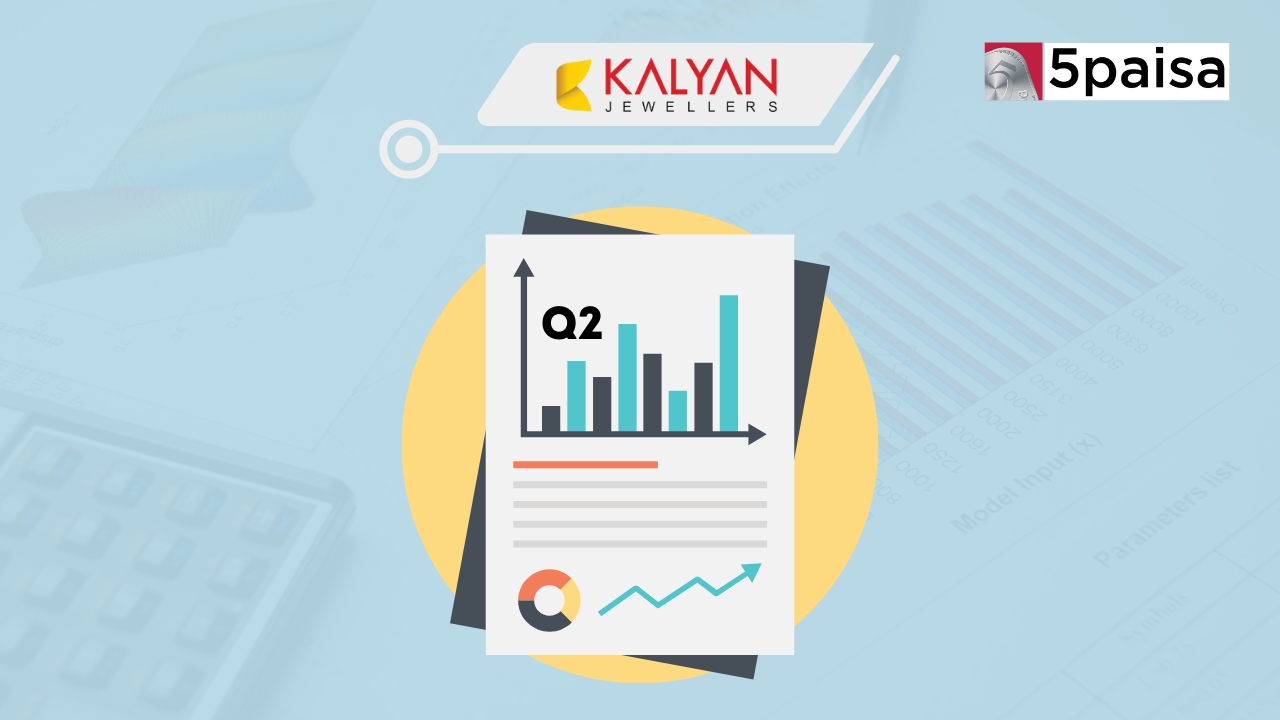NSE to Launch F&O Contracts on 45 New Stocks Starting November 29th
India shifts to T+1 on 27th January; what it means

Last Updated: 17th January 2023 - 05:11 pm
Indian stock markets are poised to enter the most challenging part of process change towards the end of January. Till 2001, Indian stock markets were on a weekly settlement system. In 2001, after the Ketan Parekh scam surfaced, the regulator moved the stock markets to a rolling settlement system of T+3. That means, all stocks today would be delivered into your demat account after 3 working days or on T+3 day. This was later compressed from T+3 to T+2 in the year 2003. Over the last 20 years, the rolling settlement system was stuck in T+2 and it is only last year that the SEBI started moving Indian stocks into T+1 on a phased basis. On 27th January 2023, the last batch comprising of F&O stocks would be officially moved to T+1, making the entire Indian market a T+1 market.
How would this really matter to investors. This is how settlements would shape up in the coming months. If you buy a stock today, the stock will be in your demat account by the end of the next trading day and you would actually be able to trade the stock on the stock exchange from T+2 day onwards. Similarly, when you sell the stock on the funds would come into your bank account on the next day. Effectively, the new T+1 system virtually would do away with popular practices like BTST (buy today sell tomorrow) and STBT (sell today buy tomorrow). With all settlements happening on T+1 basis, these would really not be necessary for the traders.
What does the new settlement system really mean? Firstly, shares come into the demat account faster and cash also comes into the account faster. This leads to faster turnaround of stocks and funds and is likely to improve the trading volumes in the cash market in the medium term. In other words, shorter settlement cycles will give the investors the freedom to trade more as the rolling of funds would be faster. Additionally, this also puts the settlement system of cash market and the futures & options market more in sync. Currently, the cash market is on T+2 rolling settlement while the futures market are on T+1 settlement cycle. That misalignment is removed post the shift to the T+1 system.
While the shift to T+1 was always supposed to be smooth, the regulator has managed the transition in a very organized and meticulous manner. To be begin with, in September 2021, SEBI allowed the stock exchanges to introduce a T+1 settlement cycle from January 01st, 2022, on any stock available in the equity segment. Later in October 2021, the list of stocks were indexed descending on market cap and the transition started from the bottom. January and February 2022 saw 100 stocks each transitioned to T+1. From March 2022 onwards, on the last Friday of every month, the next bottom 500 stocks were made available to shift to T+1 settlement each month. The last phase of F&O stocks will be transitioned from T+2 to T+1 on 27th January 2023. This will complete the process.
Trending on 5paisa
Discover more of what matters to you.
Indian Market Related Articles
Disclaimer: Investment in securities market are subject to market risks, read all the related documents carefully before investing. For detailed disclaimer please Click here.
 5paisa Research Team
5paisa Research Team





